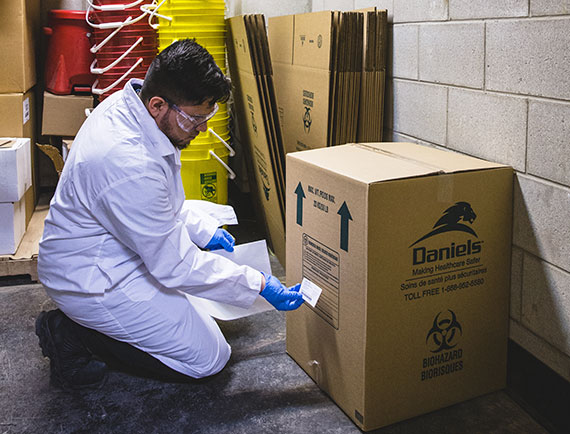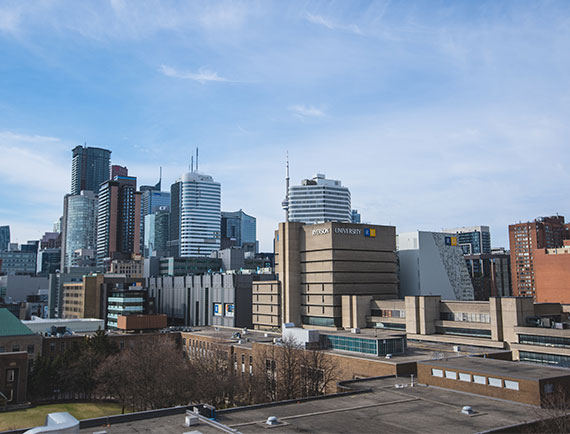You are now in the main content area
Upcoming EHS Initiatives

There are a number of key priorities for EHS in the year ahead.

Machine safety
- Upgrading machine guarding and emergency stops on 145 machines assessed in student-centric machine shops in 2018.

Electrical safety
- Surveying medium and high-risk teaching and research spaces to review requirements for additional electrical outlets to support high voltage power-supplied equipment
- Once complete, EHS will work with maintenance and operations to address any deficiencies and retrofit these spaces with additional power outlets.

Designated substances
- Reviewing the inventory of designated substances on campus and conduct full audits of work practices where potential exposures to these regulated materials are handled.
- Where potential exposures are identified, additional Standard Operating Procedures, engineering controls and a full designated substances program will be developed supported by medical surveillance if required.

Medical surveillance
- Reviewing the need for a comprehensive medical surveillance program for activities that may result in occupational illness or disease.
- This program will outline the need for worker assessment, immunization or prophylaxis as required, health conservation, the requirements for personal protective equipment and ongoing surveillance and testing.

Chemical safety
- Continuing to add existing chemicals to our chemical inventory management database and perform audits of the chemical inventory database to determine accuracy of information.
- The goal is to increase the use of the chemical inventory system and the online safety data sheet system.

Environmental protection
- Achieving registration for Air and Noise permits (EASR) for all our spaces we own and lease.
- Creating an environmental policy and standard operating procedures related to environmental protection. For example, outlining the process of dealing with environmental complaints from external parties (i.e. our neighbours) and processes within FMD to ensure compliance with the outlined limits.
Ryerson will also continue to host Ontario Universities Environmental Networking for 2019.